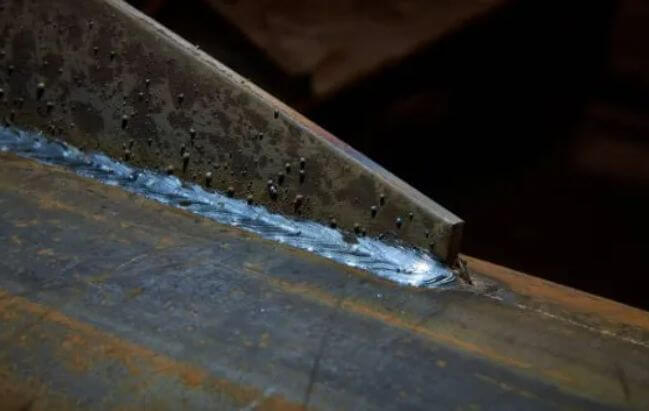Dapeng Town Industrial Park, Tongshan District, Xuzhou City, Jiangsu Province, China
In order to effectively control the welding stress and welding deformation of steel structures, a variety of methods can be adopted. The following are some common and effective control methods:
Preheating: This involves heating the welding area before welding to minimize the temperature gradient during the process, thereby reducing thermal stresses. The preheating temperature varies based on the material and welding process. It not only reduces thermal stresses but also enhances weld quality while minimizing crack formation.
Post-heat treatment: This entails uniformly heating and slowly cooling the welded component after welding to eliminate residual stresses and reduce deformation. Common post-heat treatment methods include annealing, normalizing, and tempering. Through this process, welding stresses can be effectively reduced, improving the mechanical properties of the welded component.
Choosing suitable welding current, voltage, and speed A well-designed welding sequence can effectively distribute and counteract welding stresses to reduce distortion. Typically, symmetrical or segmented welding methods are used to avoid concentrated stress-induced distortion. For instance, performing primary weld seam followed by secondary weld seam can effectively control distortion.
Reasonable welding sequence design can effectively disperse and offset welding stress and reduce welding deformation. Symmetrical welding or segmented welding methods are usually used to avoid deformation caused by concentrated stress. For example, welding the main weld first and then the secondary weld can effectively control deformation. In addition, for complex structural parts, segmented symmetrical welding can be used to gradually eliminate stress and reduce deformation.

4.Use Fixtures and Jigs
Utilizing fixtures during welding provides effective fixing and restraint of the weldment to prevent excessive deformation during the process.Post-welding treatments include mechanical processing techniques for correcting any deformations that have occurred,such as hammering or heat correction.For example,bending parts can be heated then corrected by applying external force,and angular deformation can be rectified using mechanical processing methods such as cutting or trimming.
Choosing appropriate plate thickness and weld size can reduce heat input and welding stress. For thick plate welding, multi-layer and multi-pass welding technology should be used to relieve stress concentration layer by layer and reduce overall deformation. In addition, when designing the weld size, the use conditions and load-bearing capacity of the welded parts should be considered, and a reasonable weld form and size should be selected to ensure the strength and rigidity of the welded parts.
Post-welding treatment includes methods such as mechanical processing and correction. For deformation that has occurred, it can be corrected by mechanical processing, such as hammering, heating correction and other methods. For example, for bending deformation, it can be corrected by heating the bending part and then applying external force. For angular deformation, mechanical processing can be used to cut and trim the deformed part.